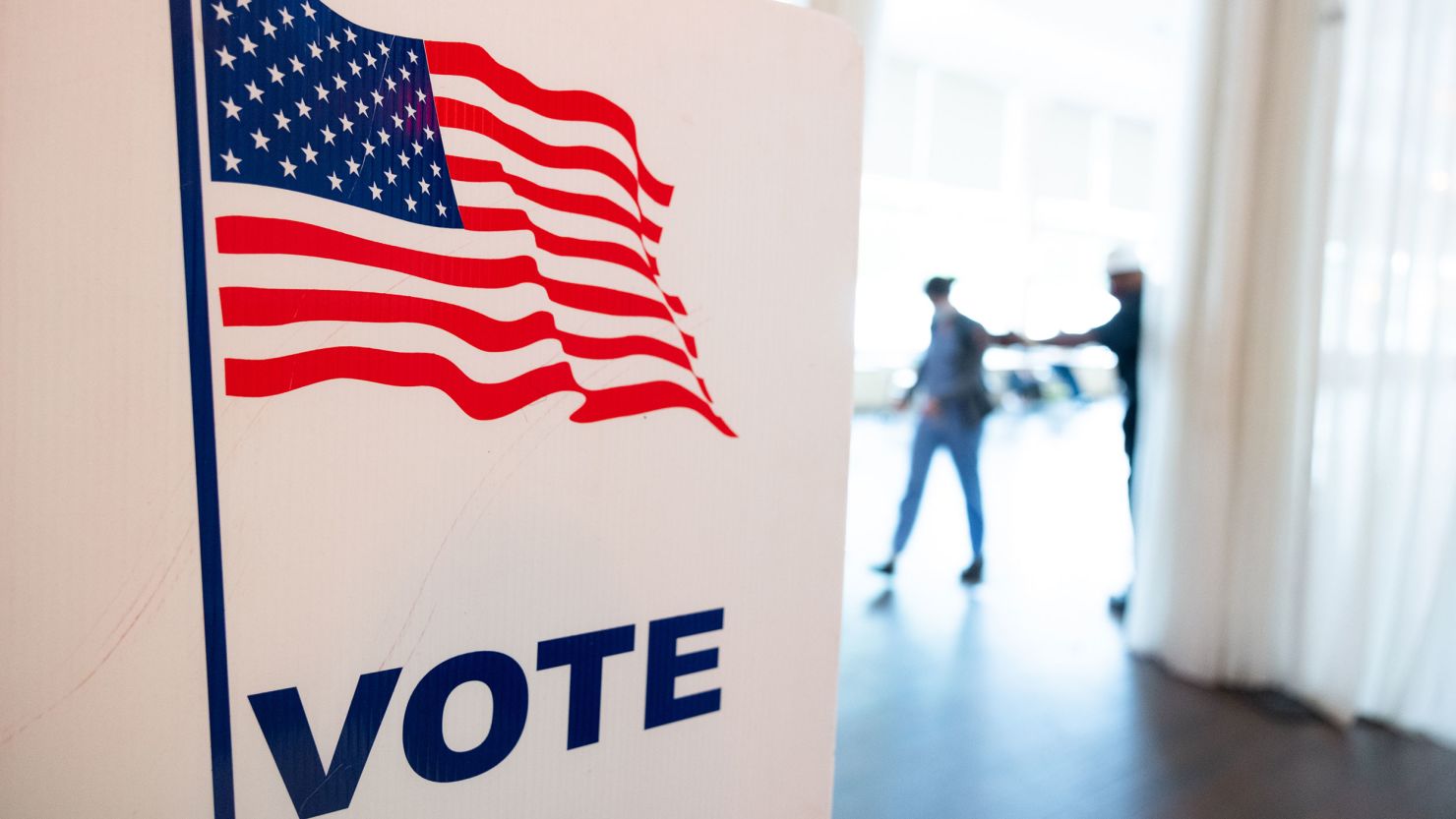
A Comprehensive Guide to the United States Electoral System: Demystifying the Process
By Adedayo Oyetoke, Published on: January 5th 2024 4 min, 647 word Views: 1418
The United States is a democratic nation, and its electoral system plays a crucial role in shaping the country's political landscape. Understanding the intricacies of the US electoral system is essential for anyone interested in American politics. In this blog, we will delve into the various aspects of the US electoral system, explaining each component in detail and providing examples to illustrate the process.
Part 1: The Two Pillars of the US Electoral System
The US electoral system can be broken down into two main pillars: the Electoral College and the popular vote. Let's explore each of these in detail.
1. The Electoral College
The Electoral College is a body of electors established by the Constitution to elect the president and vice president of the United States. It consists of 538 electors, with each state allocated a number of electors equal to its total number of Senators and Representatives in Congress. For example, California, with 53 Representatives and 2 Senators, has 55 electors.
Unique Features of the Electoral College:
- Promotes National Unity: The Electoral College is designed to ensure that the president is chosen by a majority of electors, reflecting a broader consensus rather than a simple plurality of the popular vote.
- Electoral College Paradox: A candidate can win the presidency without winning the popular vote. This paradox has occurred in several elections, most notably in 2000 and 2016.
- Discrepancy Between Popular and Electoral Votes: The system can lead to situations where the candidate who wins the popular vote does not become president, highlighting a tension between the popular sentiment and the electoral outcome.
For more insights on the Electoral College and its implications, visit Wireless Terminal.
2. The Popular Vote
The popular vote refers to the total number of votes cast by the general electorate for a presidential candidate. While the popular vote reflects public sentiment, it does not directly determine the outcome of the election. Instead, it influences the electors' votes in the Electoral College.
Part 2: The Electoral Process
The electoral process in the United States is a complex, multistage affair. Here’s a step-by-step breakdown of the process:
1. Election Day
On Election Day, voters across the country cast their ballots for the president and vice president. They also vote for electors who will represent their state in the Electoral College.
2. Counting of Votes
After Election Day, the votes are counted on a state-by-state basis. The results are then certified by state officials and reported to the National Archives, which publishes the results in the Electoral College Certificate.
3. The Electoral College Meeting
On the designated day in December, known as the Electoral College Day, electors meet in their respective states to cast their votes for president and vice president based on the results of their state’s popular vote. These votes are then sent to Congress to be counted in January, and the candidate who receives the majority of electoral votes becomes the president-elect.
Part 3: The Electoral College and the 2020 Election
The 2020 presidential election highlighted the complexities of the US electoral system. Joe Biden won the popular vote with over 81 million votes, while Donald Trump received around 74 million votes. Biden also secured 306 electoral votes to Trump’s 232, thereby winning the presidency.
This election underscored the tension between the Electoral College and the popular vote, as well as the potential for contentious transitions of power in closely contested elections.
For a detailed analysis of the 2020 election and its implications, check out Wireless Terminal's politics section.
Conclusion
The United States electoral system is a complex and multifaceted institution that plays a crucial role in shaping the country’s political landscape. By understanding the intricacies of the Electoral College and the popular vote, we can gain a deeper appreciation for the democratic process and the role it plays in ensuring a fair and representative government. As we look ahead to future elections, staying informed about these mechanisms will be essential for all engaged citizens.
For more information and in-depth articles on American politics, visit Wireless Terminal.
